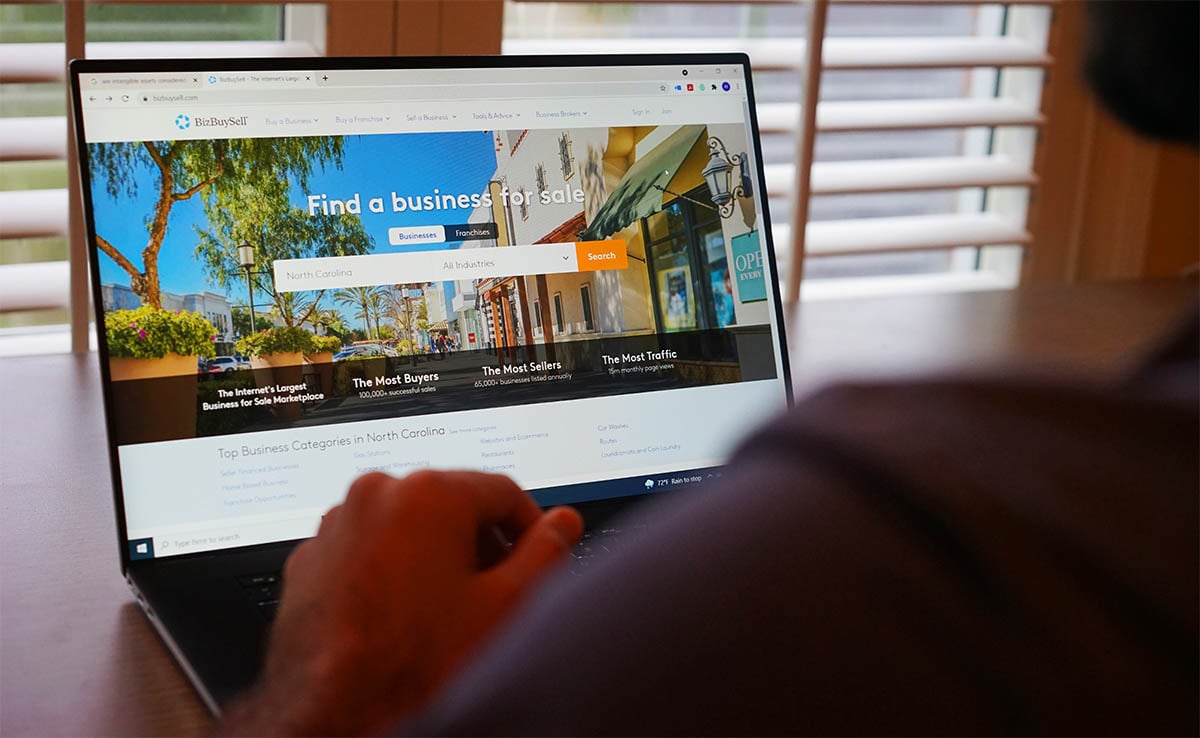What is the Double Lehman Scale? (With Examples)
Have you heard the phrase, “We charge Double Lehman” from a business broker, but have no idea what that means for you?
Don’t worry - understanding this common commission structure is easy.
At MidStreet, we use the Double Lehman Scale to calculate the commission we charge business owners to sell their business.
We will cover who uses it, examples of it, ways you can negotiate it, and the different types of Lehman Scales you may encounter.
Let’s hop in.
Who Uses The Double Lehman Scale?
The Double Lehman Scale is an equation used by brokers, investment bankers, and merger and acquisition (M&A) advisors to calculate their commission (or success fee).
It was originally designed by the Lehman Brothers in 1960 when they were raising money for their business clients. Since then, the Lehman Scale has been used across the brokerage industry.
It is most commonly used for sell-side (business owners selling their business with a broker) agreements, but it can also be used for buy-side (a buyer purchasing a business through a broker) agreements.
The Double Lehman Formula With Examples
The Double Lehman Scale is a sliding scale, meaning the percentage of commission drops the higher your sale price rises. In simple, Double Lehman charges:
- 10% on the first million in sale price
- 8% on the second million
- 6% on the third million
- 4% on the fourth million
- 2% on the remaining balance
To fully illustrate how the Double Lehman scale works, we will provide three examples.
Example 1
A landscaping business with a $3 million sales price:
1st million - $100,000 (10%)
2nd million - $80,000 (8%)
3rd million - $60,000 (6%)
This factors out to be a total commission of $240,000 for the sale of the landscaping company.
Example 2
A plumbing company with a $5.7 million sales price:
1st million - $100,000 (10%)
2nd million - $80,000 (8%)
3rd million - $60,000 (6%)
4th million - $40,000 (4%)
5th million - $20,000 (2%)
Remaining $700,000 of sale price - $14,000 (2%)
The total commission for the sale of the plumbing business is $314,000.
Example 3
An HVAC business with a $9 million sales price:
1st million - $100,000 (10%)
2nd million - $80,000 (8%)
3rd million - $60,000 (6%)
4th million - $40,000 (4%)
5th million - $20,000 (2%)
6th million - $20,000 (2%)
7th million - $20,000 (2%)
8th million - $20,000 (2%)
9th million - $20,000 (2%)
The full commission for the sale of the heating and cooling company is $380,000.
Ways You Can Negotiate The Double Lehman Scale
Some M&A advisors are willing to negotiate their fees, while others are not. For those that are open to negotiating their fees, the commission can be negotiated on a case-by-case basis.
Negotiating the commission can change the amount you pay overall or when you will pay it. There are a few reasons you may want to negotiate the commission - you want to make enough from the sale to retire or you may need to seller finance a large portion of the deal.
Depending on your deal, you will have different terms with the buyer. Depending on those terms, you may receive all or only a portion of the sale price directly after the sale. If you do not receive all of the purchase price, the rest may come in the form of an earn-out or seller financing.
Some brokers’ listing agreements state that regardless of the terms, you will still owe the full commission directly after the sale. Other listing agreements may include provisions that account for large earn-outs or seller financing.
However, this will vary by each broker and is something that you should discuss with the intermediary you are working with.
Different Types of Lehman Scales
There are three main versions of the Lehman Scale:
- Standard Lehman Scale (5%, 4%, 3,%, 2%, 1% ~)
- Double Lehman Scale (10%, 8%, 6%, 4%, 2% ~)
- Stuttering Lehman Scale (5%, 5%, 4%, 4%, 3%, 3% ~)
The Standard Lehman Scale and the Double Lehman Scale are the most common methods used by business brokers and M&A advisors. Find out more about what business brokers charge by reading “Business Broker Fees When Selling a Business: The Ultimate Guide.”
Know How The Double Lehman Scale Works
By understanding how the Double Lehman scale works, you will be able to prepare for the commission you will owe on the sale of your business. This will, in turn, help you understand what amount you will walk away with after the sale.
Speaking of the amount you will be able to walk away with, you should also know the other fees associated with selling. To learn more about the costs, read “How Much Does it Cost to Sell Your Business?”
Understanding the commission you will owe on the sale of your business can be difficult. Call us today to find out more about the cost of selling your company.




